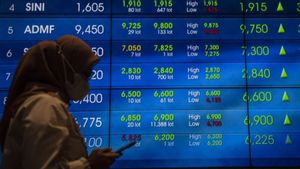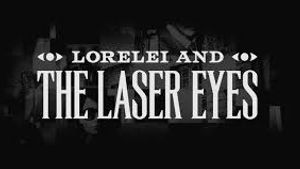YOGYAKARTA What is a laffer curve? The laffer curve is a tax theory put forward by American economist Arthur Laffer. The laffer curve is used to see the relationship between tax rates and the level of government income.
The laffer curve describes the concept of taxable income elasticity, where taxable income changes according to changes in tax rates.
For more information, see the following article.
Summarized from various sources, the laffer curve is a theory that states that reducing tax rates can boost economic growth.
The originator of this theory argues that increasing tax rates beyond a certain point will be counter-productive in increasing tax revenue. When tax rates are too high, state revenues from taxes will actually decline or contract.
However, if the tax rate is zero, the state does not receive income from taxes. On the other hand, higher tax rates have the potential to increase the burden on taxpayers.
In the short term, the policy may increase government revenue. However, the imposition of higher tax rates has the potential to reduce the tax base in the long term, thus potentially reducing government revenue.
According to Arthur Laffer, the reduction in tax rates and the decline in government revenue do not need to be balanced with a decrease in government spending or an increase in loans.
Supporters of the laffer curve believe that tax cuts can increase economic growth. This is because tax incentives can attract investment in the country.
With the reduction in tax rates, people with high income will spend more money and invest more.
How Laffer Curvature Works
Laffer's curvature theory caught the attention of policymakers in 1974. Before this concept was conveyed by Laffer, the approach used by economists was the Keynesian approach. They encourage the government to cut tax rates to stimulate aggregate demand so that the economy can grow.
However, such views have weaknesses. According to Laffer, the economy does not grow not due to lack of demand. However, it is caused by too high tax burdens.
The too high tax rates made producers reluctant to produce more output and people's purchasing power decreased.
At extreme points, namely tax rates of 0 percent and 100 percent, the government will not benefit from taxes.
SEE ALSO:
The government's zero percent weight tax does not collect taxes. Meanwhile, at the 100 percent level, businesses and households pay all their profits and income as taxes.
Well, between these two points, there is an optimal tax rate. The government can benefit from taxes because the private sector is relatively not burdened with the amount of tax rates.
However, if the tax rate is at an extreme point, taxpayers will be reluctant to work hard to earn more money. The reason is that the money that is hard to get will run out to pay taxes.
That's what information about what the laffer curve is. Get news updates of other options only on VOI.ID.
The English, Chinese, Japanese, Arabic, and French versions are automatically generated by the AI. So there may still be inaccuracies in translating, please always see Indonesian as our main language. (system supported by DigitalSiber.id)
















